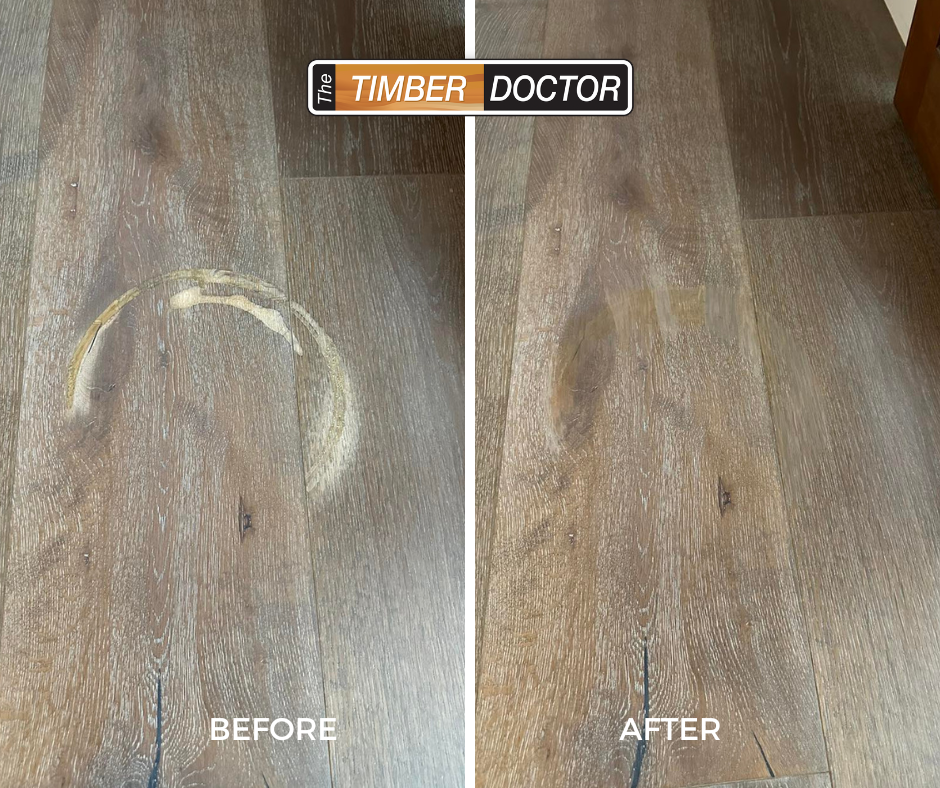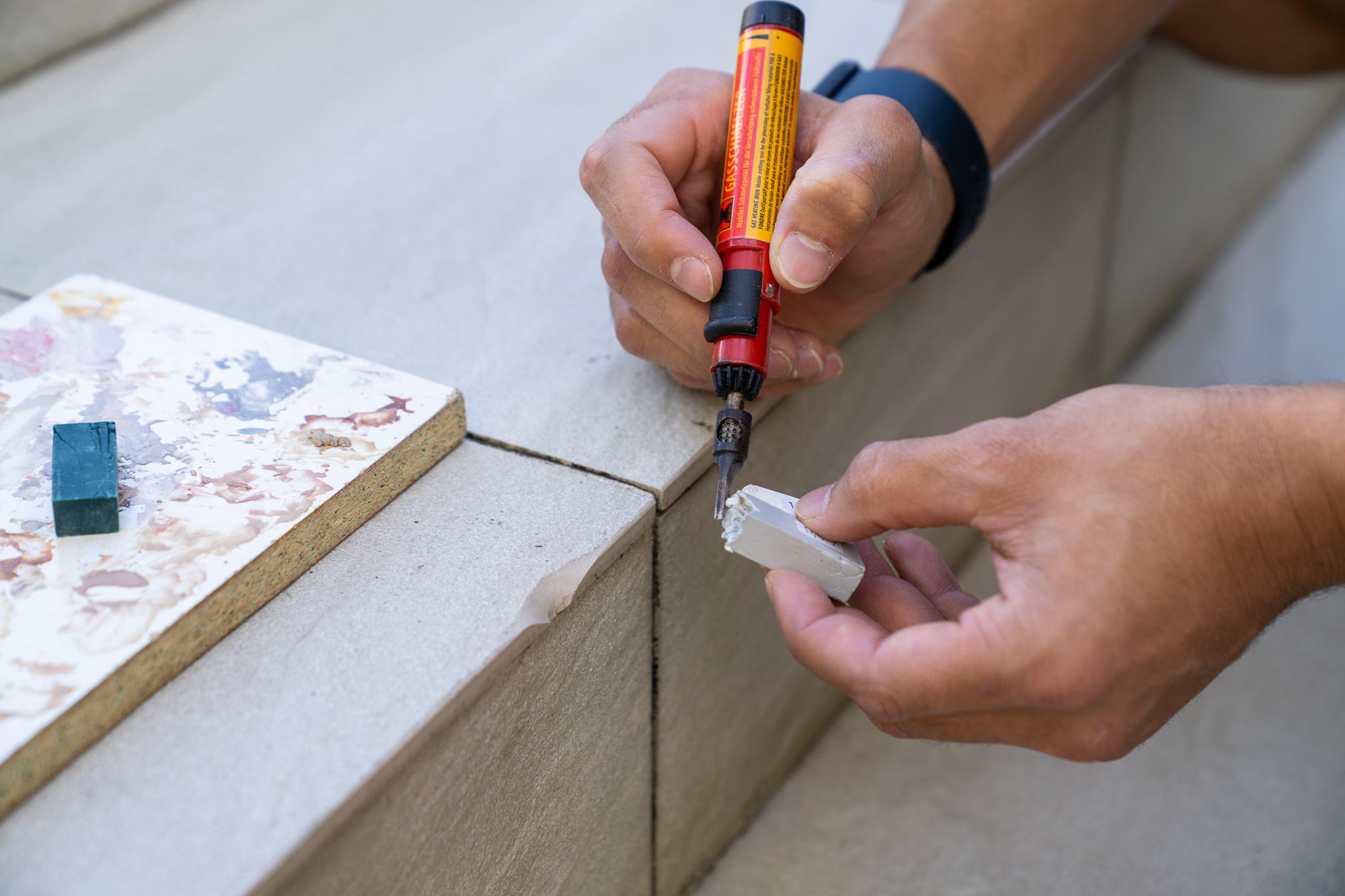Winter can be a challenging time for timber surfaces in your home, both indoors and outdoors. The cold, moisture, and fluctuating temperatures can cause timber to contract and expand, leading to potential issues like warping, cracking, or even mould growth. With a bit of preventative care, you can ensure your timber surfaces stay in good condition throughout the colder months. Here’s how to protect your wood floors, furniture, and decking during winter, and when it might be time to call in a professional.
How Winter Affects Timber Surfaces
Winter weather can have a significant impact on the condition of your timber surfaces. As temperatures drop, timber tends to contract, while humidity levels increase, causing expansion. This cycle can put strain on your floors, furniture, and decking, leading to several common issues:
Contraction and Expansion: The wood expands when exposed to moisture and contracts as it dries out, often causing cracks or warping over time.
Warping: Timber can warp or bow when moisture is absorbed, especially if it’s exposed to fluctuating indoor temperatures or direct exposure to rain and snow.
Mould and Mildew: High humidity during winter can create the perfect environment for mould and mildew to develop, especially in areas with poor ventilation.
Moisture Damage: Water damage from snow, rain, or damp environments can lead to swelling and softening of the timber, weakening its structure.
Tips to Prevent Damage Indoors
There are simple ways to protect your timber surfaces inside your home and reduce the risk of damage during winter.
Use Rugs or Mats: Place rugs or mats in high-traffic areas to prevent moisture and dirt from coming into contact with your timber floors. These will also help to insulate the floors and prevent temperature extremes from affecting the wood.
Dry Mop Regularly: Wet mopping can cause water damage, so opt for a dry mop to remove dirt and debris. A damp mop with a light cleaner is fine, but make sure to avoid excessive water.
Maintain Consistent Temperature: Try to keep your home at a consistent temperature to prevent dramatic fluctuations, which can lead to contraction and expansion. Use heaters to maintain a steady warmth and avoid placing timber furniture near direct heat sources.
Inspect for Cracks: Regularly inspect your timber surfaces for any signs of cracks or damage. The colder months are the perfect time to look for issues that might have gone unnoticed in warmer weather.
Seal Your Timber: Consider applying a fresh coat of sealant to your timber floors or furniture before the onset of winter. This extra layer of protection can help safeguard against moisture damage.
Caring for Outdoor Timber Furniture or Decking
Outdoor timber furniture and decking are even more vulnerable to winter conditions. Here are a few tips for keeping them in great shape throughout the colder months:
Cover Furniture: If possible, cover your outdoor furniture with a waterproof cover to protect it from rain and snow. This will help prevent moisture from soaking into the wood and causing damage.
Clean Regularly: Keep your timber decking and furniture clean by brushing off debris like leaves, dirt, and snow. This will reduce the likelihood of moisture being trapped in crevices and causing rot or mould.
Apply Protective Coating: Outdoor timber should be treated with a high-quality protective coating designed to withstand the elements. Consider reapplying this every few years to maintain the timber’s durability.
Elevate Furniture: Ensure that your outdoor furniture is slightly elevated off the ground to prevent water from pooling beneath it, especially after rain or snow.
When to Call a Professional
Despite your best efforts, winter can sometimes cause damage to timber surfaces that require professional attention. If you notice any of the following signs, it might be time to book a timber check-up:
Visible Cracks or Gaps: If your timber floorboards or furniture have visible cracks or gaps, it’s essential to have them checked. A professional can assess whether the damage is superficial or requires more extensive repairs.
Warping or Buckling: Warped or buckled timber can be a sign of moisture damage. A professional technician can realign the boards or replace them to restore their condition.
Mould Growth: If you spot mould or mildew on your timber surfaces, it’s important to have it treated before it spreads. A professional can properly clean and seal your surfaces to prevent further damage.
Moisture Damage: Timber that has absorbed too much moisture may need to be dried, treated, and sealed to prevent further deterioration.
Call to Action
Noticed changes in your timber floors or furniture this winter? Our local technicians can inspect and restore your timber surfaces before minor damage becomes costly.
👉 Book a timber check-up today
For more information on our services, explore our related pages:
Wood Floor Repair & Restoration
Wood Finishes Repair & Restoration
Wood Furniture Repair & Restoration
Outdoor Wood Repairs and Restoration
Specialty Surface Repair & Restoration
Outdoor Wood Furniture Repair & Restoration
By staying on top of timber care this winter, you can ensure that your home stays warm, safe, and stylish throughout the colder months.






